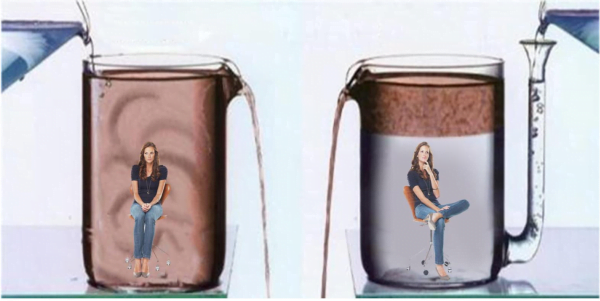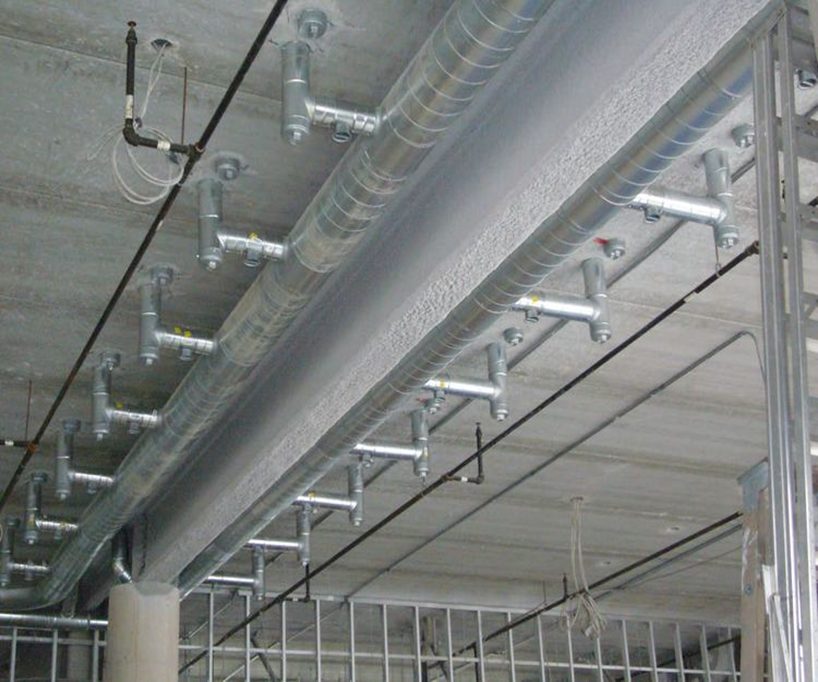Improving Ventilation Safety in Building Design with Integrated Ventilation
With radiant systems, people are cooled by radiant heat transfer from their bodies to adjacent surfaces and ceilings whose temperatures are held a few degrees cooler than ambient.
Warm air has buoyancy. Integrated ventilation allows the air to transport itself upward, placing treated air where people are located -closer to the floor.

Forced air systems enhance conditions for the spread of disease.
Integrated Ventilation provides both enhance safety and comfort.
30+ percent of buildings with Integrated Ventilation act as a DOAS without an energy use penalty throughout most of the year. Integrated ventilation utilizes efficient fans and outside air with no heating/cooling elements required.

Re-circulation of stale air is rarely necessary, preventing sick building syndrome and the potential spread of infectious diseases. Year-round, non-hydronic radiant comfort provides an enhanced occupant experience.




